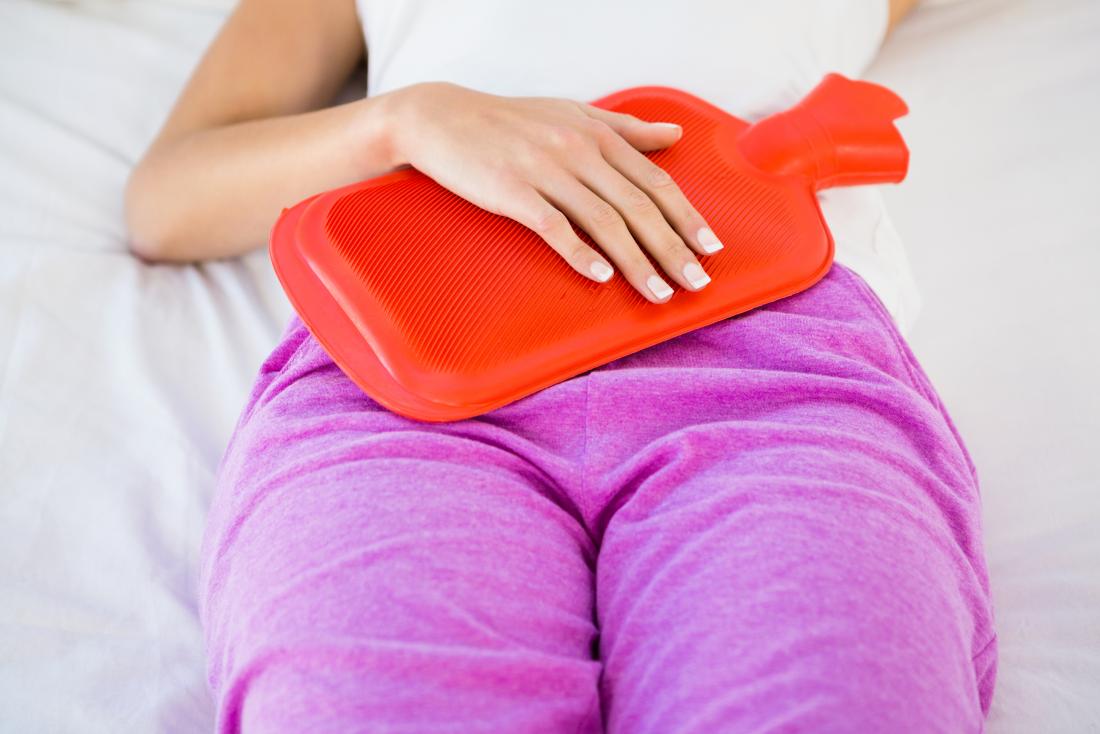Endometriosis, a painful condition that affects approximately 5.5 million women in the United States, is estimated to be responsible for causing at least 500,000 deaths each year. Endometriosis is when the tissue surrounding the uterus expands outside of it, usually in the abdomen, fallopian tubes, and lining the pelvis.
This tissue can develop into painful growths or adhesions. These tissues respond in the same way the normal uterus tissue reacts during menstrual cycles: it breaks down and bleeds. This blood does not have an exit point, and inflammation can occur, which leads to pain. Endometriosis is extremely painful and so many women seek pain relief.
Tested and Proven Endometriosis ache reduction Treatments

Image Source: Google
Endometriosis can be treated but there is no cure. There are many effective endometriosis relief options. Which endometriosis pain relief option is best for you will depend on your age, severity, and plans for future pregnancies.
- Pain Medication – For mild pain relief, doctors may recommend over-the-counter painkillers such as ibuprofen or Aleve (Advil), or naproxen sodium/Aleve (Aleve). For severe pain, stronger prescription drugs may need to be prescribed. Menastil, a topical non-addictive solution that has been clinically proven to be effective for pain relief, is one of the most popular on the market.
- Hormonal therapy – Endometriosis pain relief has been made possible by hormonal therapy. There are many hormone options available, including oral contraceptives (estrogen, progesterone, in combination), Gonadotropin-releasing hormones analogs (GnRH analogs), and progesterone drugs. Danazol is a weak male hormone.
Endometriosis is a condition that makes you feel uncomfortable, so make sure you see your doctor right away. Endometriosis pain relief options are available to help you manage your pain.
